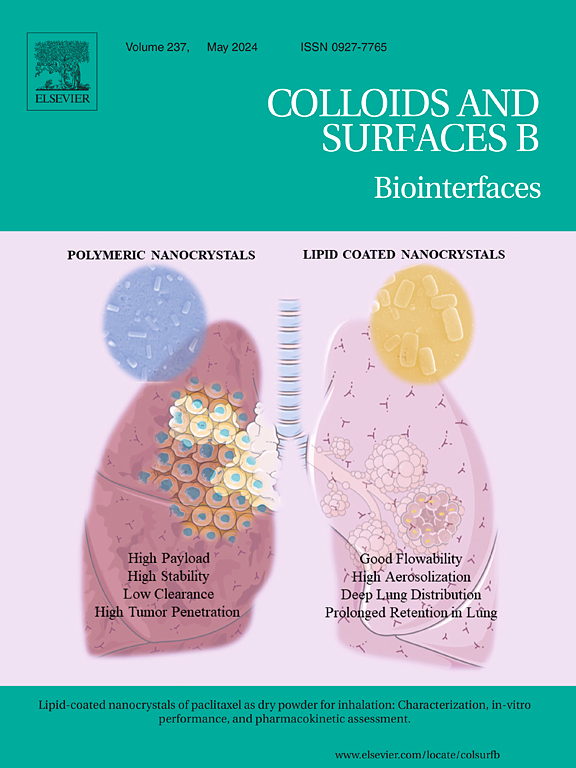Recent progress in alginate-based nanocomposites for bone tissue engineering applications
IF 5.4
2区 医学
Q1 BIOPHYSICS
引用次数: 0
Abstract
Approximately 5–10 % of fractures are associated with non-union, posing a significant challenge in orthopedic applications. Addressing this issue, innovative approaches beyond traditional grafting techniques like bone tissue engineering (BTE) are required. Biomaterials, combined with cells and bioactive molecules in BTE, are critical in managing non-union. Alginate, a natural polysaccharide, has gained widespread recognition in bone regeneration due to its bioavailability, its ability to form gels through crosslinking with divalent cations, and its cost-effectiveness. However, its inherent mechanical weaknesses necessitate a combinatorial approach with other biomaterials. In recent years, nanoscale biomaterials have gained prominence for bone regeneration due to their structural and compositional resemblance to natural bone, offering a supportive environment that regulates cell proliferation and differentiation for new bone formation. In this review, we briefly outline the synthesis of alginate-based nanocomposites using different fabrication techniques, such as hydrogels, 3D-printed scaffolds, fibers, and surface coatings with polymer, ceramic, carbon, metal, or lipid-based nanoparticles. These alginate-based nanocomposites elicit angiogenic, antibacterial, and immunomodulatory properties, thereby enhancing the osteogenic potential as an insightful measure for treating non-union. Despite the existence of similar literature, this work delivers a recent and focused examination of the latest advancements and insights on the potential of alginate-based nanocomposites for BTE applications. This review also underscores the obstacles that alginate-based nanocomposites must overcome to successfully transition into clinical applications.
求助全文
约1分钟内获得全文
求助全文
来源期刊

Colloids and Surfaces B: Biointerfaces
生物-材料科学:生物材料
CiteScore
11.10
自引率
3.40%
发文量
730
审稿时长
42 days
期刊介绍:
Colloids and Surfaces B: Biointerfaces is an international journal devoted to fundamental and applied research on colloid and interfacial phenomena in relation to systems of biological origin, having particular relevance to the medical, pharmaceutical, biotechnological, food and cosmetic fields.
Submissions that: (1) deal solely with biological phenomena and do not describe the physico-chemical or colloid-chemical background and/or mechanism of the phenomena, and (2) deal solely with colloid/interfacial phenomena and do not have appropriate biological content or relevance, are outside the scope of the journal and will not be considered for publication.
The journal publishes regular research papers, reviews, short communications and invited perspective articles, called BioInterface Perspectives. The BioInterface Perspective provide researchers the opportunity to review their own work, as well as provide insight into the work of others that inspired and influenced the author. Regular articles should have a maximum total length of 6,000 words. In addition, a (combined) maximum of 8 normal-sized figures and/or tables is allowed (so for instance 3 tables and 5 figures). For multiple-panel figures each set of two panels equates to one figure. Short communications should not exceed half of the above. It is required to give on the article cover page a short statistical summary of the article listing the total number of words and tables/figures.
 求助内容:
求助内容: 应助结果提醒方式:
应助结果提醒方式:


